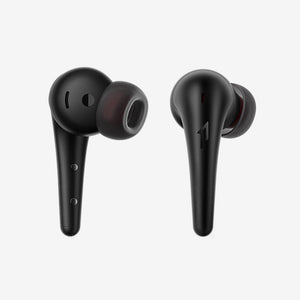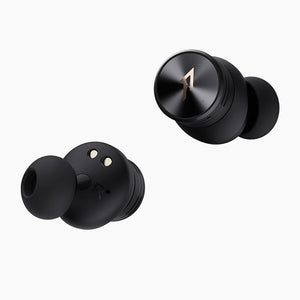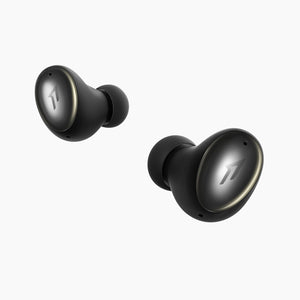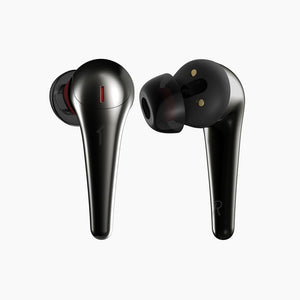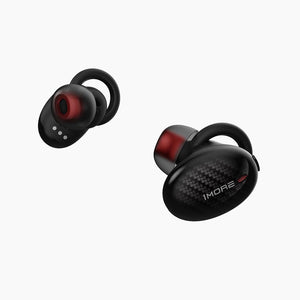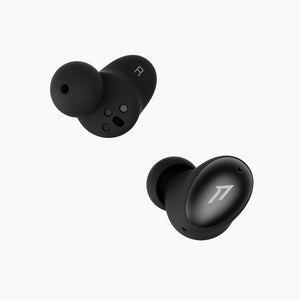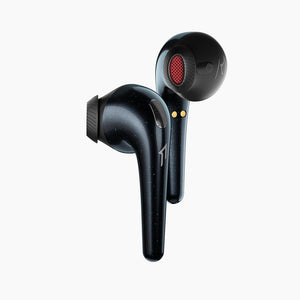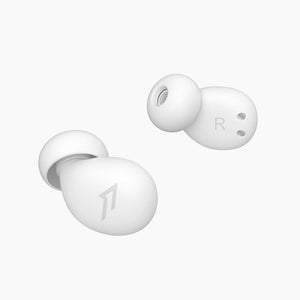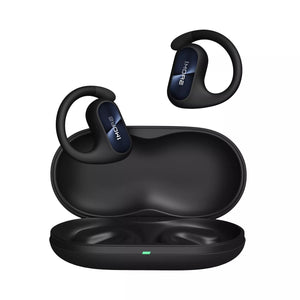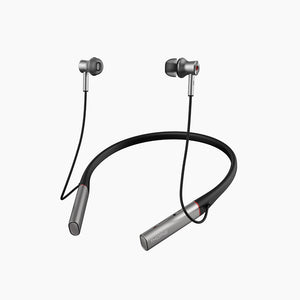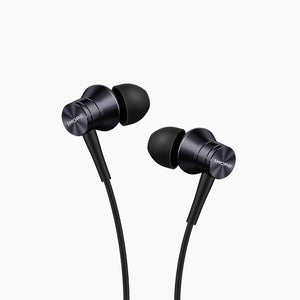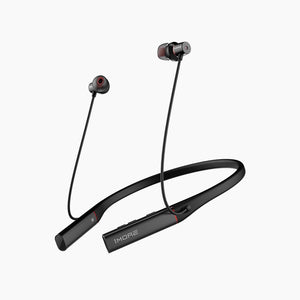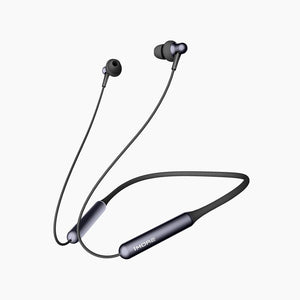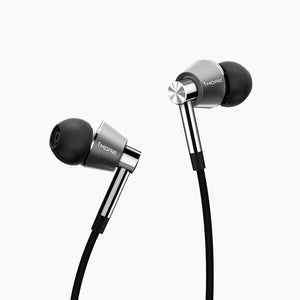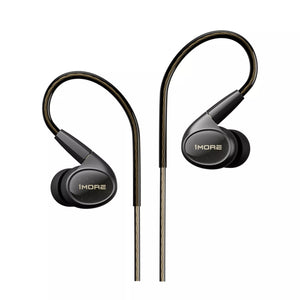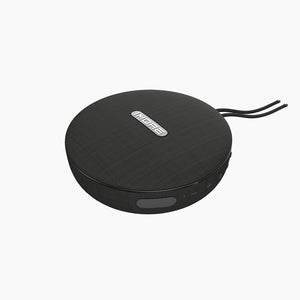NEW TO 1MORE?
Create an account to track, change or return your order with ease.
Your shopping bag is empty
WHAT ARE BLUETOOTH CODECS & WHAT DO THEY MEAN?
Ever wondered how music is transferred from your phone to any of your wireless devices?
You’re most likely thinking, yeah Bluetooth! Well, Bluetooth is the hardware that helps in wirelessly transmitting music to your audio device, there’s a lot more that goes on behind the scenes when you listen to music with your Bluetooth audio device whether it be your Bluetooth headphones or speakers.
All the music stored on your phone is digital information which is then converted into a version we hear called the analogue format. The conversion process is known as DAC (Digital to Analogue Converter) which is built in our device’s software.
Digital to Analogue conversion does sometimes affect the quality of songs. DAC takes place only when we stream music wirelessly, which is why most Audiophiles prefer wired earphones. Technology has come a long way since then; To curb the issue of quality loss over Bluetooth, engineers have come up with advanced audio codec algorithms.
A Codec determines how your music is transmitted from the source (being your device) to your headphones. Essentially it encodes and decodes data in a specific format, compressing and then decompressing data for faster transmission speeds. This is why we lose quality in audio during this process, but with the help technology and time we were able to reduce the drop in quality during this.
The most common codecs are:
SBC:
The most basic and default codec on most devices is the SBC (Sub-Band Codec). It divides signals into multiple frequency bands and encodes each one independently. It is the standard type that is mandatory overall A2DP-enabled devices, making it virtually universal. In non-rocket science terms, it drops pieces of music the algorithm deems low-priority, these are sounds you can’t mostly hear because they’re masked by other sounds in the same frequency range at a higher volume.
AAC:
AAC stands for Advance Audio Coding, it’s the standard codec used widely for audio compression. AAC can transmit 250 kbps of audio data which the preferred codec for Apple Music; Which means using an AAC compatible Bluetooth device and streaming music from Apple music or AAC audio files on your devices will allow you to listen to music wirelessly without any audio loss.
aptX:
Also known as Qualcomm aptX, is a codec invented by the renown chipset manufacturer Qualcomm. Qualcomm states aptX was designed to bring “CD-like” quality audio over Bluetooth, supporting 48 kHz / 16-bit LCPM audio data (352 kbps). This means the aptX should allow streaming of FLAC files wirelessly without any audio loss, that is if the source audio device and the destination audio device both support Qualcomm’s aptX.
aptX HD:
Aptx HD is the latest development by Qualcomm after aptX, this codec supports 24-bit/48kHz (576kbps) almost double the transmission rates of aptX; Basically it allows you to stream HD audio with no spike in latency or causing the stream to pause due to the large size of data being transmitted. The difference between them is aptX being 480p and aptX HD being 4k Video.
LDAC:
Sony’s gift for 2018 to the audio codec world. Sony has always been a part of the portable music game ever since the Sony Walkman era, being the legends they were back then and wanting to be a legend in the spectrum again they released their proprietary Bluetooth codec, LDAC. Having a variable bit-rate is the game changer here, which transfers up to 3x the data compared to SBC and allowing transmissions at 96 kHz / 24 bit (maxed at a whopping 990 kbps). As it is Sony’s own proprietary, LDAC is compatible with all Sony devices and also all Android 8.0 Oreo and above versions.
Check out the Dual Driver BT ANC Headphones, Triple Driver BT In-Ear Headphones, Stylish True Wireless Headphones, and Vi React by 1MORE.
Written by: 1MORE INDIA
1MORE Headphones Enhance the Onstage VIP Experience during Aerosmith's DEUCES ARE WILD Las Vegas Residency
DO OHMS/IMPEDANCE MATTER IN EARPHONES AND HEADPHONES?
If you think the article is helpful, we suggest you could choose to share it via
Trending Posts
1MORE EVO - True-to-Life Sound That Rivals Wired Audiophile Headphones
Jul 12, 2022
A New Firmware Update with EQ Feature for 1MORE EVO
Jul 08, 2022
The Best Headphone Gifts for Christmas 2021
Nov 25, 2021
1MORE ComfoBuds 2 Bring an Unmatched Ultra Comfortable EarBuds
Oct 13, 2021
1MORE ColorBuds 2 Bring New Meaning to Color Your Sound
Sep 22, 2021
1MORE ComfoBuds Pro Sets A High Bar For True Wireless ANC Earbuds
Sep 15, 2021
1MORE Launched ComfoBuds Z to Bring Better Sleep
Sep 09, 2021
1MORE launches ComfoBuds
Jan 14, 2021
1MORE Receives 3 CES Innovation Awards
Jan 14, 2021
1MORE Launches New Affordable True Wireless Headphones
Nov 10, 2020
Tag






